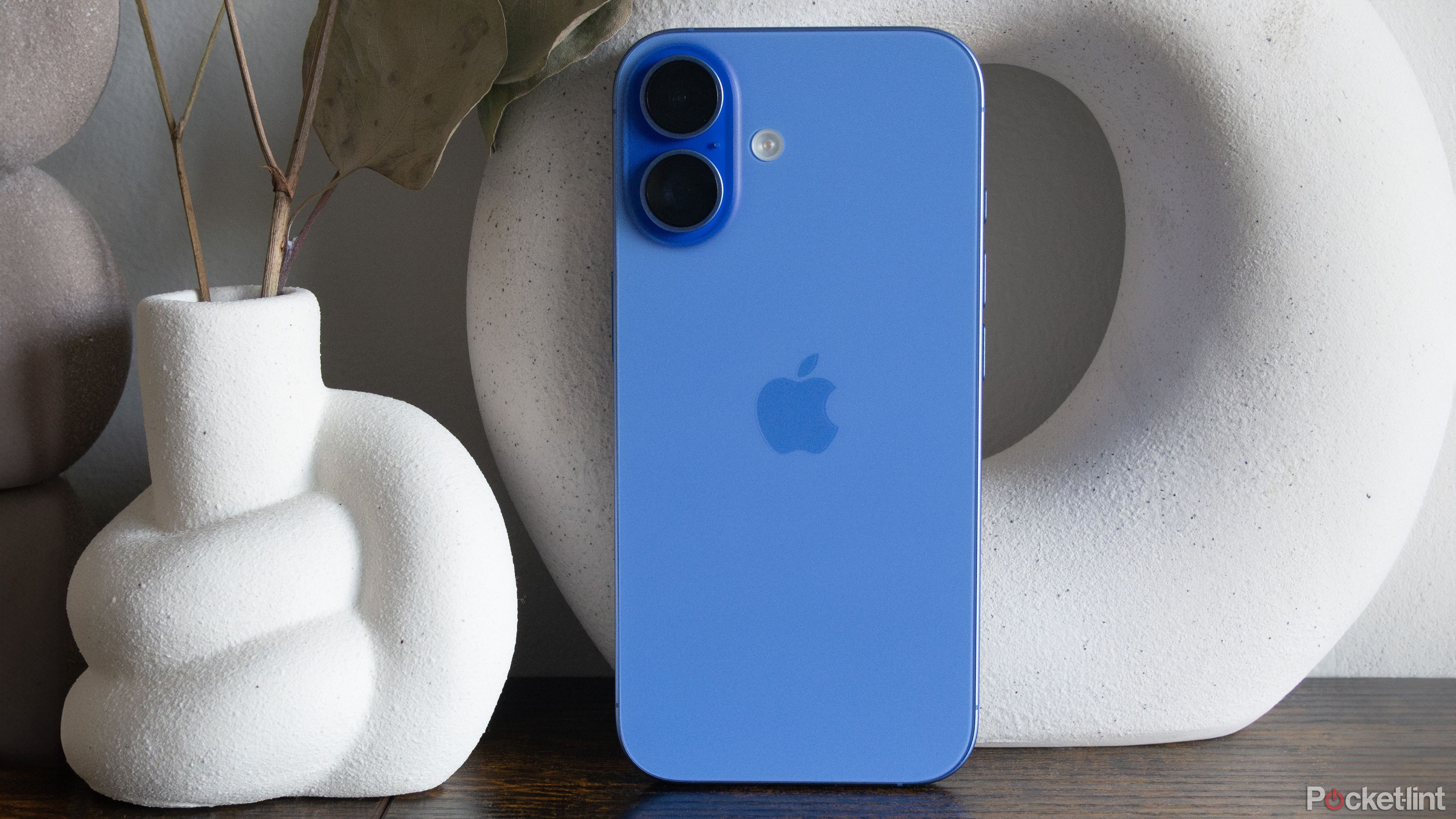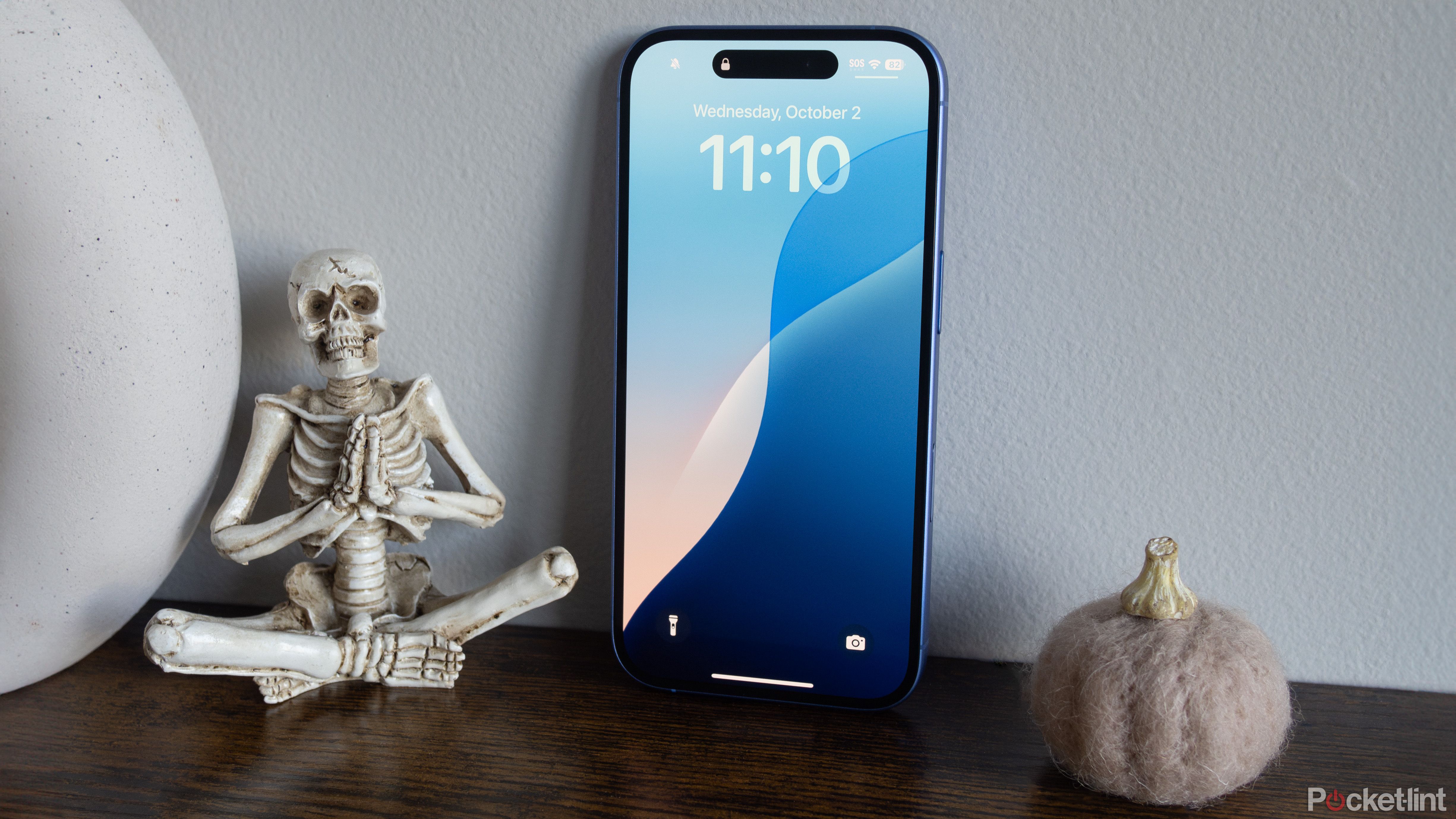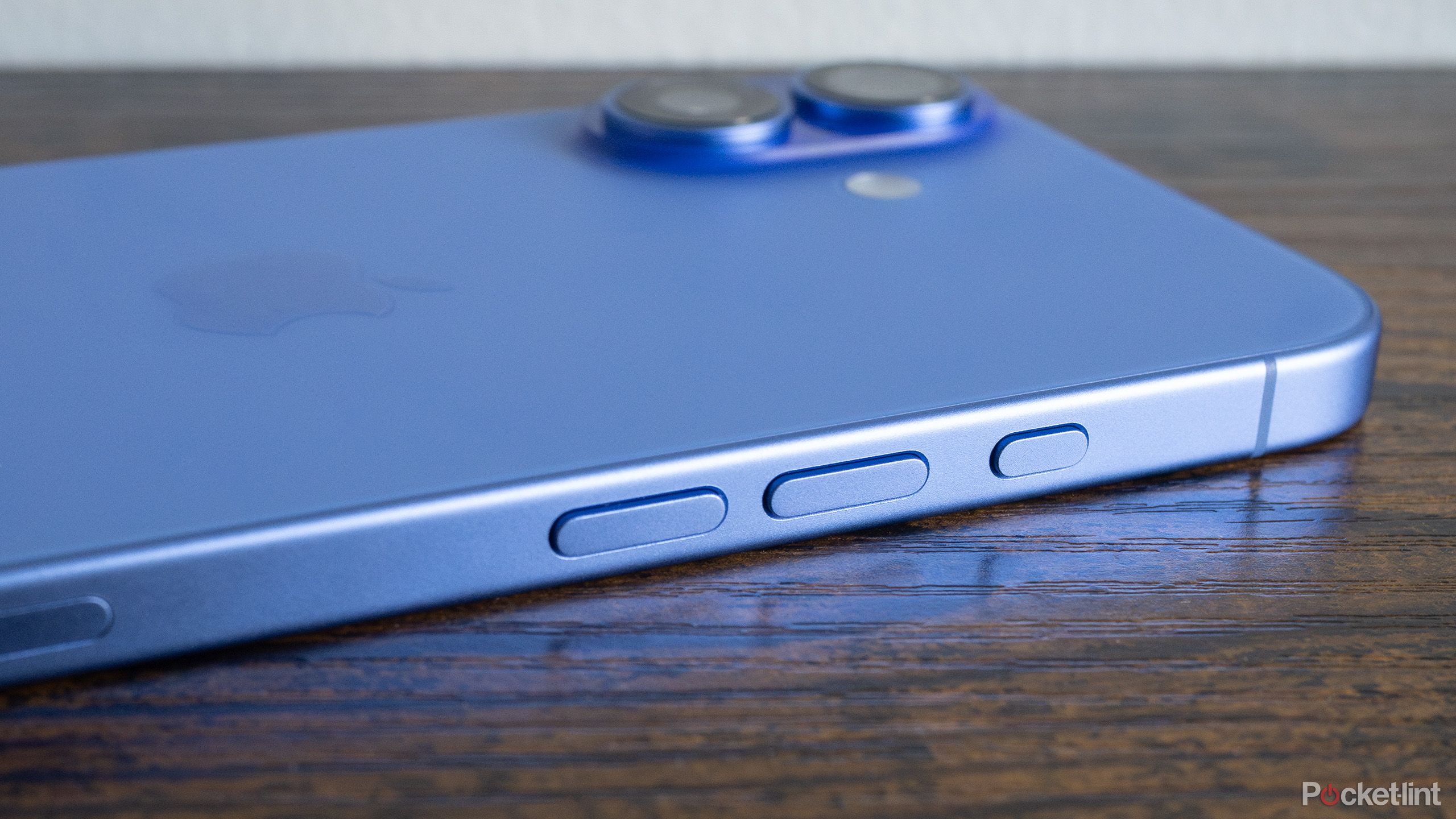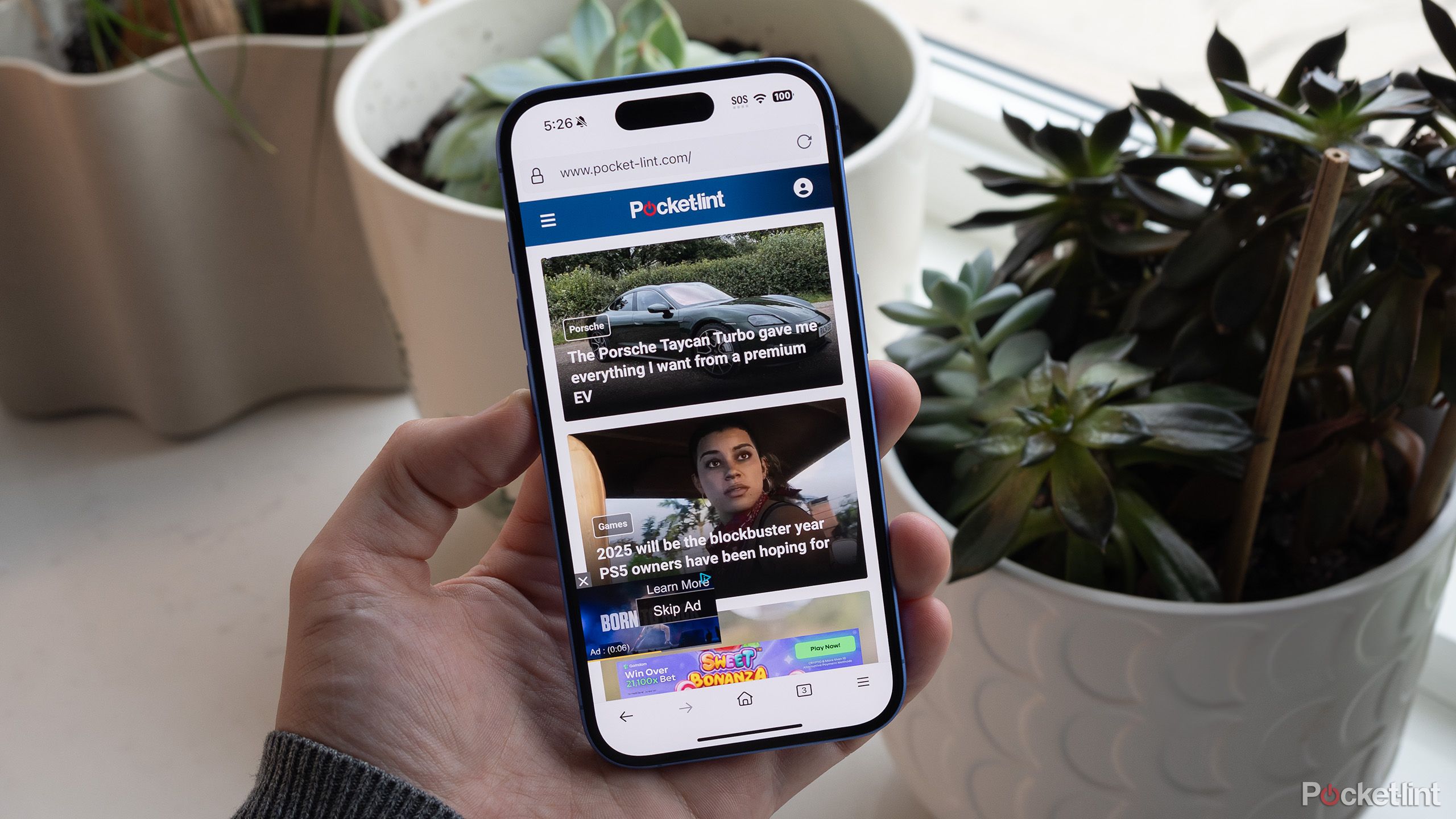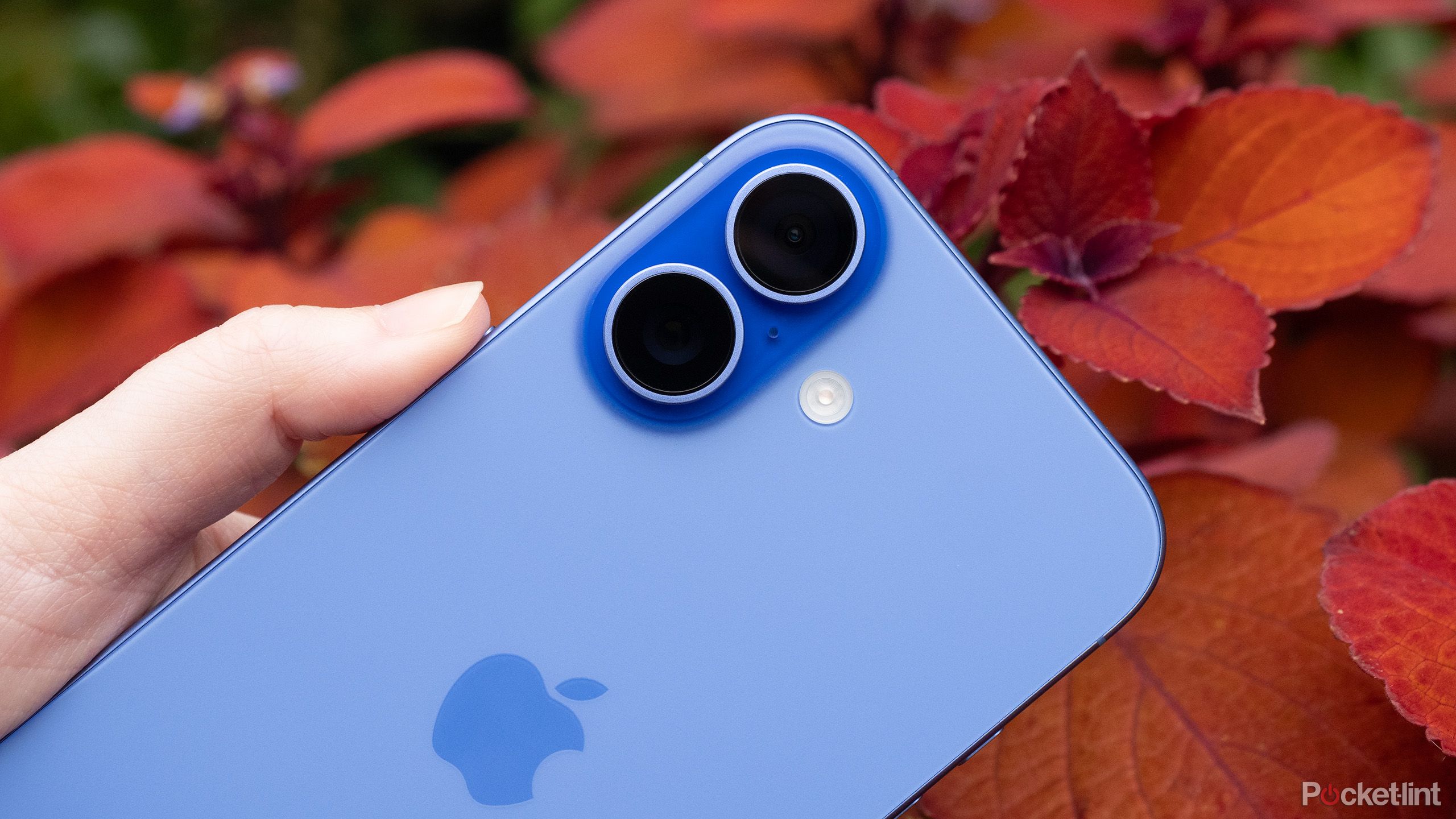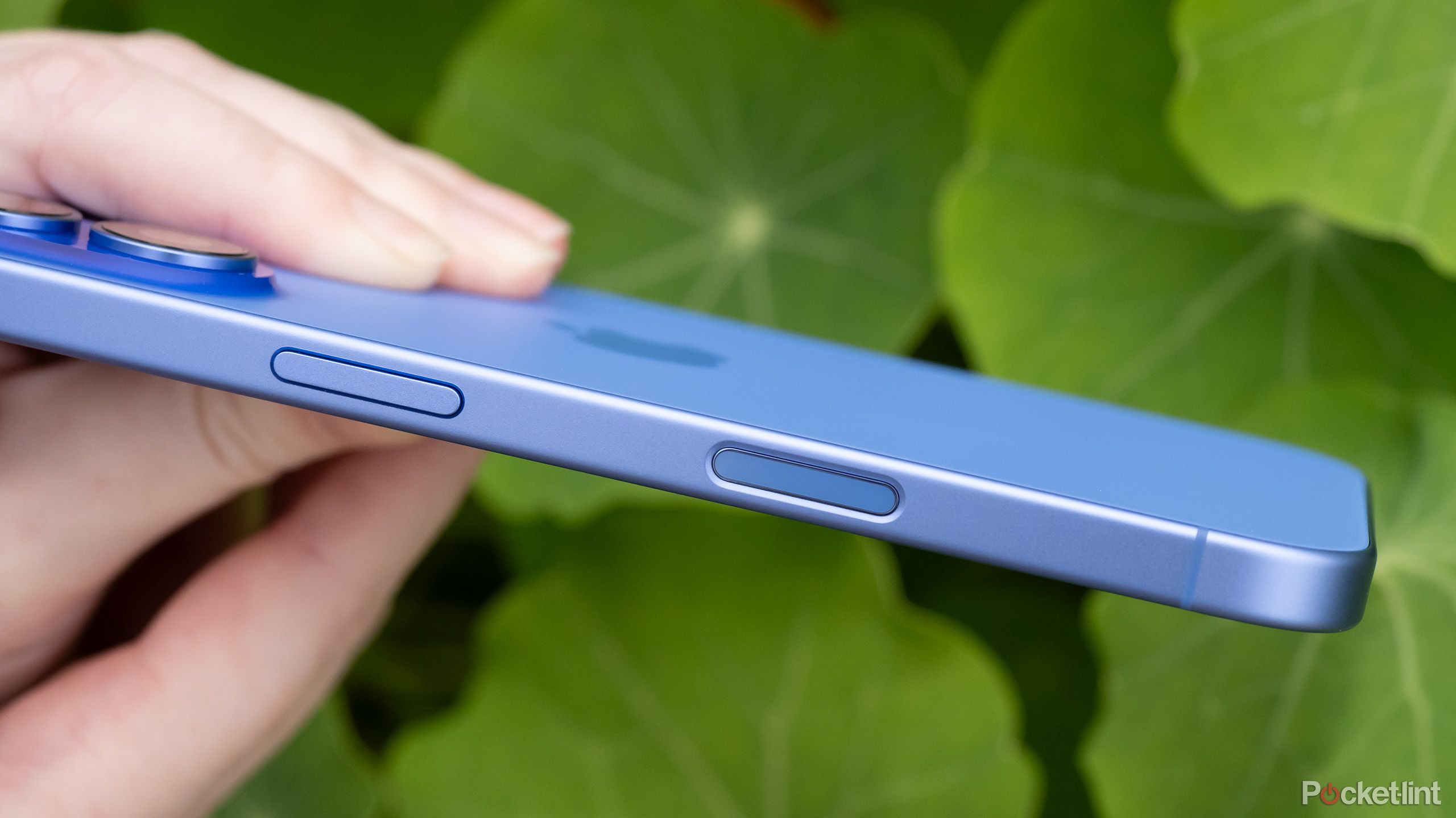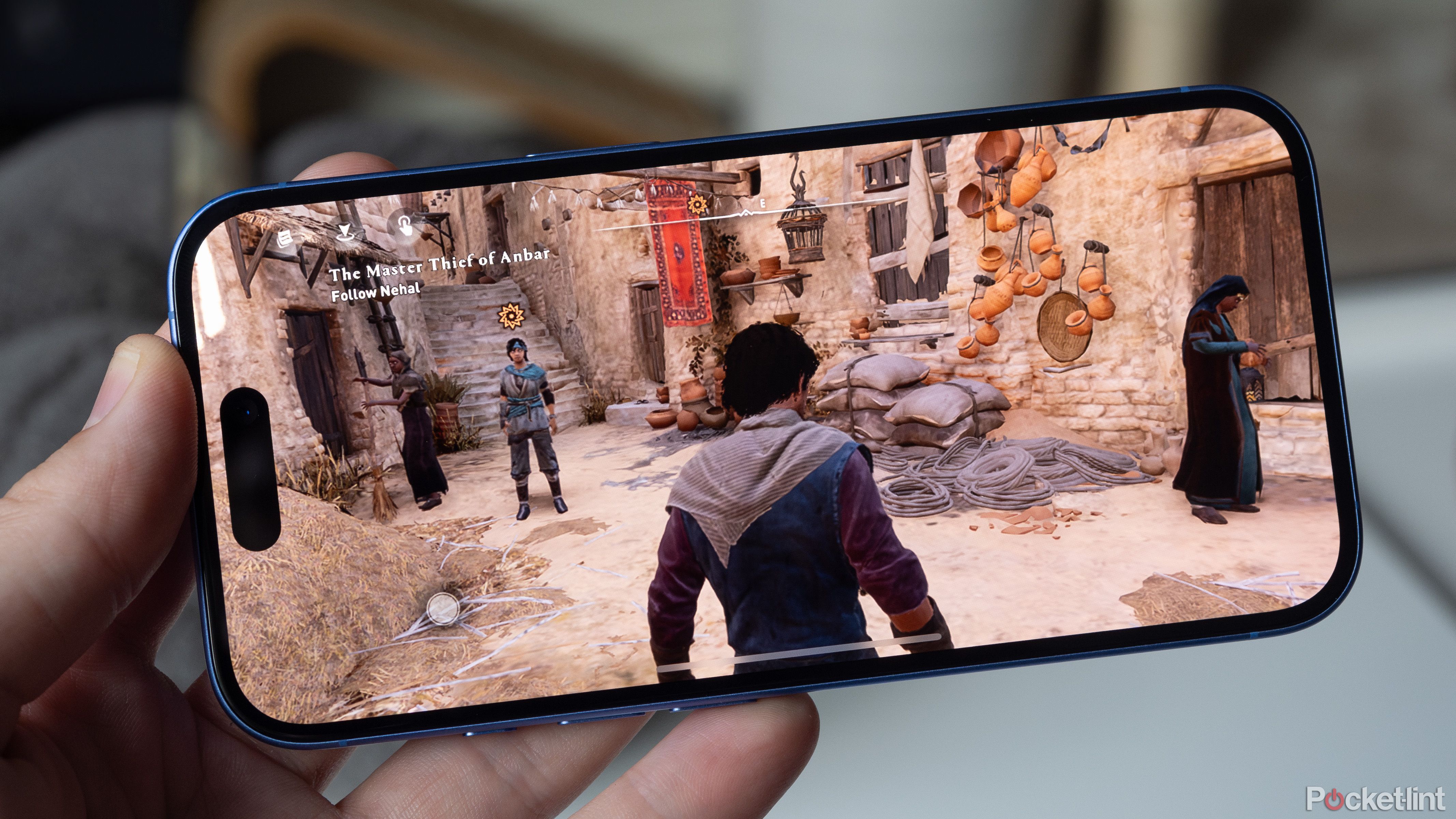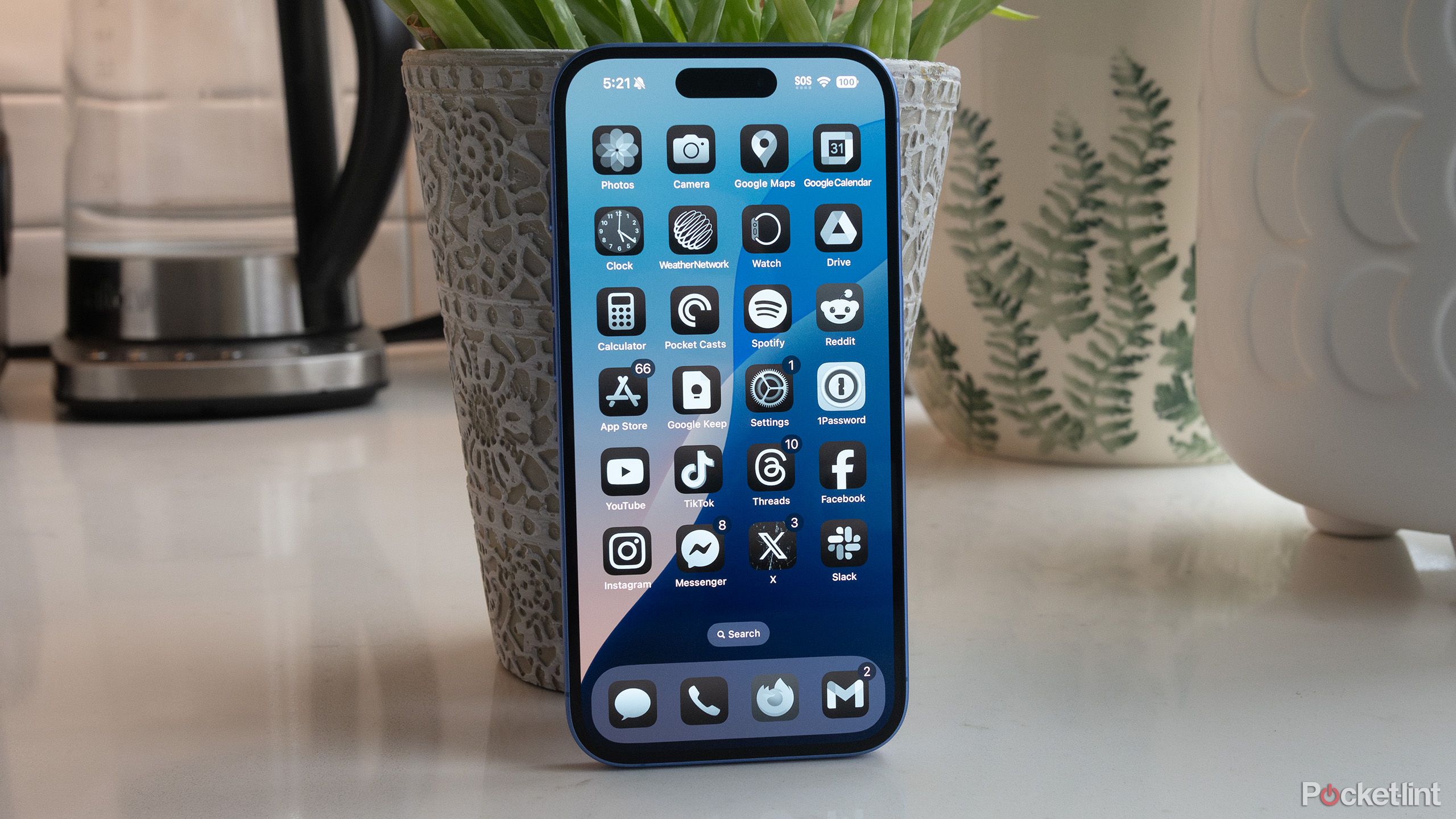Key Takeaways
- The iPhone 16 is a solid upgrade over the iPhone 13 and iPhone 14 thanks to its new Camera Control Button, Action Button, and bright, colorful design.
- Key differences from iPhone 16 Pro include no telephoto lens, 4K 120fps video support or silky-smooth 120Hz ProMotion screen.
- Apple Intelligence is still nowhere to be found, and it’s unclear when all of its features will launch.
I feel like I write this almost every year, but, when it comes to the iPhone 16 line, there are very few reasons to buy the “Pro” iPhone over its base counterpart.
The iPhone 16 features a fun, more colorful design; both the new Camera Control button and the Action Button that debuted on last year’s iPhone Pro; Apple’s powerful A18 chip; a bigger battery; and new smart “Photographic Styles” and “Moods.” The list goes on. This year’s key “Pro” differentiators come down to a 5x optical telephoto lens, 4K 120fps video support, and, of course, the 120Hz ProMotion screen. It’s ridiculous Apple still hasn’t updated the base iPhone’s display refresh rate.
The iPhone 16 is not
that
much of an upgrade over the iPhone 15, unless you’re interested in the new Camera Control and Action Button.
Of course, the iPhone 16 isn’t perfect. Beyond the lack of a higher refresh rate display, the phone doesn’t offer any Apple Intelligence features yet, with some arriving later in October and others releasing in early 2025. To the average iPhone user, the iPhone 16 and iPhone 16 Pro will seem nearly identical, only the former device features a more eye-catching design. But despite being a very complete package, the iPhone 16 is not that much of an upgrade over the iPhone 15, unless you’re interested in the new Camera Control and Action Button. This means that those still using an iPhone 14 or iPhone 15 can likely sit this year out.
This review is focused on the iPhone 16. I have briefly used the 6.7-inch iPhone 16 Plus and both devices feel identical beyond the display size difference. Some reviews point to the iPhone 16 Plus offering slightly better battery life than the iPhone 16.

Recommended
iPhone 16
This year’s iPhone 16 line blurs the line between the “Pro” and the base-level iPhone by offering a new camera button and the Action Button, alongside the A18 chip.
- New colours look great
- Overall impressive smartphone package
- Photography Styles and Camera Control Button are great
- Still no 120Hz display
- Apple Intelligence features are nowhere to be found
- In some ways, not that much of an upgrade over the iPhone 15
Price, availability, and specs
Apple’s iPhone 16 starts at $800 and the iPhone 16 Plus costs $900. The iPhone 16 features a 2,556 x 1,179 pixel resolution 6.1-inch OLED screen, while the iPhone 16 Plus offers a 2,796 x 1,290 pixel resolution 6.7-inch OLED display. Unfortunately, neither phone offers a 120Hz display refresh rate, meaning they’re both locked to 60Hz. As a result, neither device offers an always-on screen, just like last year.
Other specs include Apple’s A18 chip, a substantial upgrade from the iPhone 16’s A16 processor. Both the iPhone 16 and iPhone 16 Plus feature a Camera Control button for easy access to the Camera app, and the Action Button, which was only featured in the iPhone 15 Pro line last year. Rear camera specs include an f/1.6 48-megapixel main camera and an f/2.2 12-megapixel ultra-wide camera. The front-facing camera features an f/2.2 12-megapixel selfie shooter.
Apple Intelligence features like AI-assisted writing, object removal in the Photos app, and a more contextual Siri aren’t yet available but should launch in the coming months. This year’s surprisingly bright colors include ultramarine (which is featured in this review), teal, pink, and black.
iPhone 16 build and design
Bright, saturated colors and a cool-looking camera bump
Let’s get the most interesting changes out of the way first. First, the rear dual camera array is now vertical and aligned, which looks better than I expected. The bump’s outline is also slightly darker than the rest of the smartphone, giving it an odd but cool-looking glow under certain light, especially compared to the iPhone 16 Pro Max’s drab camera bump.
Speaking of colors, this year’s stark options look great, especially compared to the washed-out colors of the last few years (which, for the record, I also liked). They stand out from other smartphones, especially Samsung’s low-key colored Galaxy Z Fold 6 and Z Flip 6, and definitively look different from the iPhone 15. Ultramarine is my favorite, but teal and pink are also great looking; Apple really nailed the iPhone 16’s colors this year.
Other additions include the ‘Action Button,’ which I still haven’t found a useful purpose for yet. It’s a programmable button that can be used to launch pretty much anything if you use the Shortcuts app. Admittedly, I haven’t really given it much of a chance because I find launching apps from my Home Screen or lockscreen just as easy. I still frequently find myself missing the classic mute switch from the iPhone 15 and iPhone 14 Pro, but I also know that a lot of people really like the Action Button.
As someone who grew using simple cameras, I really appreciate the Camera Control button…
The iPhone 16 also features the same Camera Control button as the iPhone 16 Pro. Apple doesn’t want people to call it a button because there’s more to it, but it still presses inwards, so as far as I’m concerned, it’s a button. One press launches the camera app and an additional press snaps a photo, turning your iPhone 16 into a futuristic point-and-shoot. As someone who grew up using simple cameras, I really appreciate the Camera Control button, and I’m looking forward to the two-step shutter coming in an update in the coming months.
The Camera Control button can be finicky, though, particularly when swiping between the wide and ultrawide shooters or changing the “Photographic Style” or “Mood” (more on this later). But once you get the hang of the Camera Control button, it’s a streamlined way to access key camera features, amounting to one of the most interesting additions to the iPhone line in years.
Beyond the above changes, the iPhone 16 features a design that is very similar to its predecessor. This includes colored, squared-off aluminum sides, a matte back that repels grease and smudges, the Dynamic Island cutout that made its way to the base-level iPhone 15 last year, and a USB-C port that still features USB 2.0 speeds (given I rarely transfer data with a USB-C cable, I don’t see this as an issue). And lastly, the iPhone 16 features the same next-generation Ceramic Shield technology as the iPhone 16 Pro, which should improve its ability to withstand drops.
iPhone 16 display
Still no 120Hz or always-on display
The biggest issue with the iPhone 16 and the iPhone 16 Plus is the lack of a 120Hz display. This is the sort of feature that once you’ve experienced a 120Hz screen, it’s difficult to go back. On the other hand, if you’ve never encountered a silky smooth, high refresh rate smartphone screen, you probably won’t notice the difference and will be entirely fine with the iPhone 16’s screen. Regardless, it’s 2024 and a 60Hz screen is pretty unforgivable since nearly every Android smartphone worth buying features at least a 90Hz screen.
On a more positive note, the screen looks great and up to par with the iPhone 16 Pro’s in terms of vibrancy and color, though it still features rather chunky bezels. Brightness comes in at 2,000 nits at its peak, making the iPhone 16’s display easy to view under direct sunlight, and it can also crank all the way down to 1 nit for dark environments. The base-level iPhone still doesn’t feature an always-on display like the Pro tier devices. This isn’t a major loss for me because I’ve turned the always-on display off since it arrived with the iPhone 14 Pro. I don’t find it useful enough to be worth the battery life trade-off.
iPhone 16 camera
Photography Styles, but no telephoto camera
Like the iPhone 16 Pro, the majority of the iPhone 16’s upgrades are related to the camera — but only on the software side. Regarding hardware, the rear camera features an f/1.6 48-megapixel wide and an f/2.2 12-megapixel ultra-wide shooter, while front-facing camera features an f/2.2 12-megapixel selfie shooter.
The key upgrade this year autofocus coming to the 12-megapixel ultrawide, allowing the lens to shoot surprisingly good-looking macro photos that are nearly up to par with the iPhone 16 Pro. On another note, 2x zoom is still available through sensor cropping, but I wish Apple just offered real optical zoom with the iPhone 16 (I know this is a key differentiator between the two phones, but I can still dream). Like in years past, this is the key feature I miss moving from the iPhone 16 Pro to the iPhone 16 (other than the lack of a 120Hz refresh rate).
Camera performance, in general, seems marginally better than the iPhone 15, but there isn’t a massive leap. It’s also difficult to find a real difference between iPhone 16 and iPhone 16 Pro shots. There’s more definition and greater contrast, particularly with shadows, but you really need to look closely (the average person will likely think the photos are identical).
The first two images seem pretty much identical to me, but they’re also shot under ideal lighting conditions. You could easily make the argument that the iPhone 16 photo of my cat actually looks better than the iPhone 16 Pro shot because it’s more evenly exposed, though it does feature less contrast and highlights when compared to the iPhone 16 Pro photo. Either way, it’s a challenging photo for the iPhone to snap given the backlighting from the window.
On the other hand, the advantages the iPhone 16 Pro offers are far clearer in the selfie. There’s more contrast and shadows on my face, and the overall image is sharper (the top right of the iPhone 16 image is slightly blown out, too). All of the above photos were snapped with the default Natural Photographic Style.
Sticking with photography, all the Photographic Styles and Moods from the iPhone 16 Pro are available with the iPhone 16. This is an interesting move on Apple’s part, as I’d consider these Pro features. They allow you to tweak your photos precisely how you want, before and after you shoot them. Are you looking for a little more pop in your shots? Then the “Vibant” Mood is what you’re looking for. Maybe you want a gloomy look to your photos? Then go for “Stark B&W” and live out your emo photography dreams. These Photographic Styles and Moods can also be tweaked manually with a somewhat awkward-to-used d-pad-like settings square.
It’s worth noting that as great as the Photographic Styles are, they aren’t perfect. For one, they’re only available in HEIF, a file format that doesn’t always work well with third-party apps. But I haven’t encountered any issues yet. I’m hoping Apple changes the feature to work with standard JPEGs soon.
Photography Styles have also been available in the past. What’s different is you can now add them after shooting an image. They’re also smarter and can differentiate between faces, the sky and other objects, instead of working like a more traditional image filter that layers across the entire photo in a uniform way. In general, the addition of Photographic Styles solves all the issues I’ve had over the past few years with the way the iPhone processes photos, including toning down the awful-looking, blown-out HDR highlights that I hate so much. As far as I’m concerned, that’s a massive win.
These photos were taken with various Photographic Styles.
In a welcome addition, new mixing features can change the way audio sounds and shift its quality after you shoot a video. For example, “Studio Mode” removes background noise, while “Cinematic Mode” focuses on people talking in the center of the frame. It’s always been possible to tweak audio with third-party apps, but bringing this functionality directly to the Photos app makes the process far more streamlined. This is also the type of feature Apple typically reserves for its Pro tier iPhone, so it’s great to see it make its way to the iPhoen 16.
iPhone 16 performance
AAA games hit the base-level iPhone
This year, the iPhone 16 offers the A18 Pro chip, a jump from the iPhone 15’s A16 processor (this means the base-level iPhone skips the A17 entirely). I haven’t experienced performance issues with an iPhone in years, so once again, the A18 is overkill for most tasks. However, it does open the smartphone up to AAA games like Resident Evil and Assassin’s Creed Mirage.
The fact that it’s now possible to play big budget games on the base iPhone is pretty cool.
I spent a brief amount of time playing Assassin’s Creed Mirage, and it runs slightly worse than it did on the iPhone 15 Pro’s A17 Pro chip. This means it’s playable, but there’s the occasional stutter, and aliasing issues are abundant (turning down the graphics helps a bit). Still, the fact that it’s now possible to play big mobile ports on the base iPhone is pretty cool. The iPhone 16 does get rather hot when playing resource-intense games, however (in general, I’ve found that the iPhone 16 runs warm this year, regardless of what you’re doing with the phone). If you care about benchmarks, the iPhone 16 hits 3,233 for single-core and 7,880 for multi-core with Geekbench 6.
I got a few more hours out of the iPhone 16 compared to the iPhone 16 Pro, pushing late into the evening after a day of doom-scrolling on various social media platforms, watching podcasts and sending a couple of emails. This is likely due to its slightly larger battery. I’ve heard that the iPhone 16 Plus gets even better battery life, but I haven’t tested the device myself.
iPhone 16 software
Make iOS 18 as ugly as you want
The addition of the A18 chip also means that the iPhone 16 will be capable of running Apple Intelligence, Apple’s suite of AI features coming later in October and next year. This includes AI writing tools, an AI Image generation app called “Image Playground,” a more contextual Siri, and more. It’s clear Apple designed the iPhone 16 to drop alongside Apple Intelligence, but the release schedules didn’t line up.
This is also why the phone features the Camera Control button, which is set to double as a way to launch the camera to use Apple’s AI-powered identification feature Apple says can do things like identifying dog breeds and adding dates from a flyer to your calendar. If this sounds like a slightly more advanced version of Google Lens, you’re on the right track. None of these features are finished or officially available yet, though, so I don’t know if any of them will be a reason to buy the iPhone 16 (the iPhone 15 does not support Apple Intelligence).
Apple is really letting you make the iPhone your own, which is a refreshing change of direction from the tech giant.
That’s not to say that Apple doesn’t offer new features in iOS 18. Just to name a few, you can change the color of your app icons with often awful looking tints, customize the Control Center, and arrange icons however you want. With its latest mobile OS update, Apple is really letting you make the iPhone your own, which is a refreshing change of direction from the tech giant.
Should you buy the iPhone 16?
Unless 2x optical zoom and a 120Hz refresh rate display are important to you, most people should buy the iPhone 16 over the iPhone 16 Pro. The upgrade is more substantial this year, even if you’re coming from an iPhone 15, though I’d never recommend upgrading your iPhone every year. Those with an iPhone 12 or an iPhone 13 will get the most out of the iPhone 16’s key upgrades, including the A18 chip, the Action Button, the bright new colors and flashy camera bump, and the somewhat finicky, but still great Camera Control Button.
Me, though? I can’t go back to a 60Hz screen, and I appreciate optical zoom far too much to give it up, but I realized years ago that I’m not the average iPhone user.
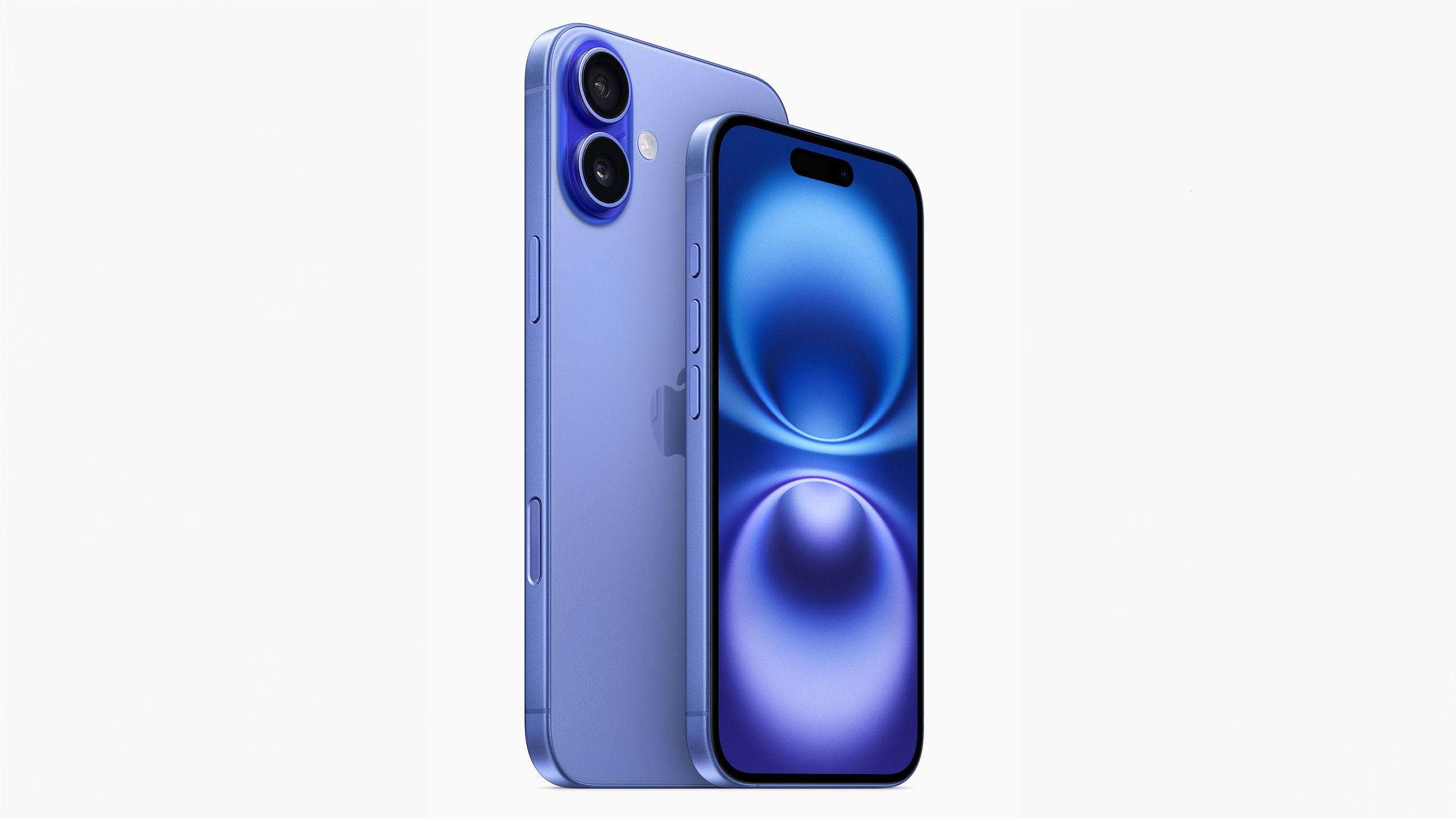

Recommended
iPhone 16
Trending Products

GAMDIAS ATX Mid Tower Gaming Computer PC Case with Side Tempered Glass Swing Door, 1x 120mm ARGB Fan & Front Panel Sync with ARGB Motherboards, Vertical VGA/GPU Slots for Your Graphic Cards

Acer Aspire 1 A115-32-C96U Slim Laptop computer | 15.6″ FHD Show | Intel Celeron N4500 Processor | 4GB DDR4 | 128GB eMMC | WiFi 5 | Microsoft 365 Private 1-12 months Subscription | Home windows 11 in S Mode, Silver

TP-Link AX5400 WiFi 6 Router (Archer AX73)- Dual Band Gigabit Wireless Internet Router, High-Speed ax Router for Streaming, Long Range Coverage, 5 GHz

HP 24mh FHD Pc Monitor with 23.8-Inch IPS Show (1080p) – Constructed-In Audio system and VESA Mounting – Top/Tilt Adjustment for Ergonomic Viewing – HDMI and DisplayPort – (1D0J9AA#ABA)

Acer SH242Y Ebmihx 23.8″ FHD 1920×1080 Residence Workplace Extremely-Skinny IPS Laptop Monitor AMD FreeSync 100Hz Zero Body Peak/Swivel/Tilt Adjustable Stand Constructed-in Audio system HDMI 1.4 & VGA Port

Wi-fi Keyboard and Mouse, Ergonomic keyboard mouse – RGB Backlit, Rechargeable, Quiet, with Cellphone Holder, Wrist Relaxation, Lighted Mac Keyboard and Mouse Combo, for Mac, Home windows, Laptop computer, PC

ASUS TUF Gaming A15 (2024) Gaming Laptop, 15.6” FHD 144Hz Display, NVIDIA® GeForce RTX™ 3050, AMD Ryzen™ 5 7535HS, 8GB DDR5, 512GB PCIe® Gen4 NVMe™ SSD, Wi-Fi 6, Windows 11, FA506NC-ES51


